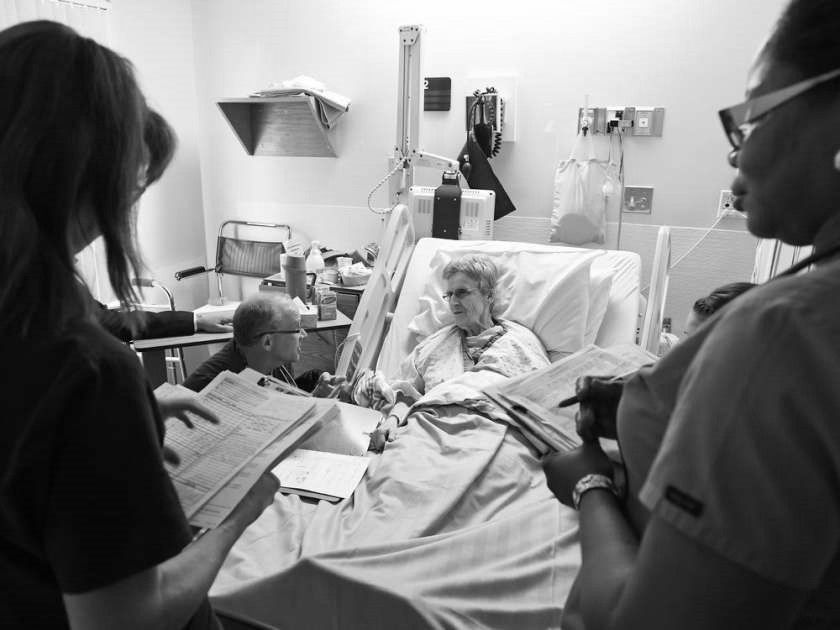Optimizing Interdisciplinary Rounds in healthcare: Insights from 10+ years


Introduction
Interdisciplinary Rounds (IDRs) are typically viewed positively by healthcare professionals, as the collaborative exchange enhances patient care. But it’s no secret that challenges also exist, including availability of team members, time requirements and administrative demands.
There are a number of strategies to navigate the challenges of implementing, sustaining, and optimizing IDRs. Structured Interdisciplinary Bedside Rounds (SIBR), an evidence-based IDR model, was designed to optimize IDRs for efficacy and efficiency and incorporates many of these strategies.
Champion Leadership Support
Effective implementation of IDRs starts with strong leadership. Hospital leaders should actively promote the value of IDRs, ensuring adequate resources and institutional backing. Creating a new standard of care requires clear direction, goal setting and a clarity of communication to ensure the all team members understand the why, when and how.
Foster a Culture of Collaboration
Cultivate an environment where multidisciplinary collaboration is valued and recognized. This includes celebrating successes and learning from challenges collectively. Creating opportunities for collaboration through standardized processes based on shared mental models enables team members to gain experience, fluency and confidence in the processes, leading to high-value interactions, problem-solving and care progression. Expecting these benefits to be achieved through random or haphazard interactions is a recipe for inefficiency.
Implement Structured Formats
Adopting a standardized format for IDRs can enhance their efficiency and effectiveness. This includes a clear sequence, inputs, defined roles, and consistent scheduling. With these in place, IDRs should be advertised to families as an opportunity to hear from the team, get their concerns addressed and questions answered.
SIBR is a 6-step shared mental model of who says what in what order to ensure clarity of roles and structure. The rounds take place at the patient's bedside and each team member has tools to come to SIBR prepared with their discipline-specific updates and recommendations. Our SIBR rounds structure ensures that most questions and concerns from family members are proactively addressed, reducing anxiety and frustration.
Invest in Training
Providing staff with training on the principles of interdisciplinary collaboration and effective communication strategies is crucial for the success of IDRs. Coaching, feedback and debriefs are part of our SIBR program, ensuring that the team is functioning at the top of their licenses and that the process is a value-add for all team members.
Leverage Technology
Utilize technology to facilitate scheduling, documentation, and communication among IDR team members. Digital platforms can also support remote participation when necessary. 1Unit's SIBR program leverages an online software program for online training, skill verification and process monitoring. This allows for progress and trends to be easily tracked and monitored.
Measure and Evaluate
Establish metrics to evaluate the impact of IDRs on patient care and hospital operations. Use this data to continuously refine and improve the IDR process. We have developed an efficient process for unit's to track their IDRs, with respect to the quantity of care delivered and tis quality. Tracking this data serves as the canary in the coalmine, alerting unit leaders to the process efficacy, with minimal involvement. Over time this enables units to identify when the inevitable dips in performance occur and what needs focused attention.
Looking Ahead
As healthcare continues to shift towards more integrated and patient-centered models, IDRs stand out as a critical strategy for achieving these goals. For hospital leaders, embracing and optimizing the process of interdisciplinary rounds represents not just an opportunity to enhance patient care but also a commitment to the principles of collaboration, efficiency, and innovation - see our case studies to learn more about the results achieved by units that have implemented the Accountable Care Unit care model with SIBR rounds here: ACU Case Studies
Keep Exploring Our Work



